How an American road trip helped a family heal after the death of a son
After the death of his son, James G Robinson felt sad, proud and empty. It was time for a distraction...
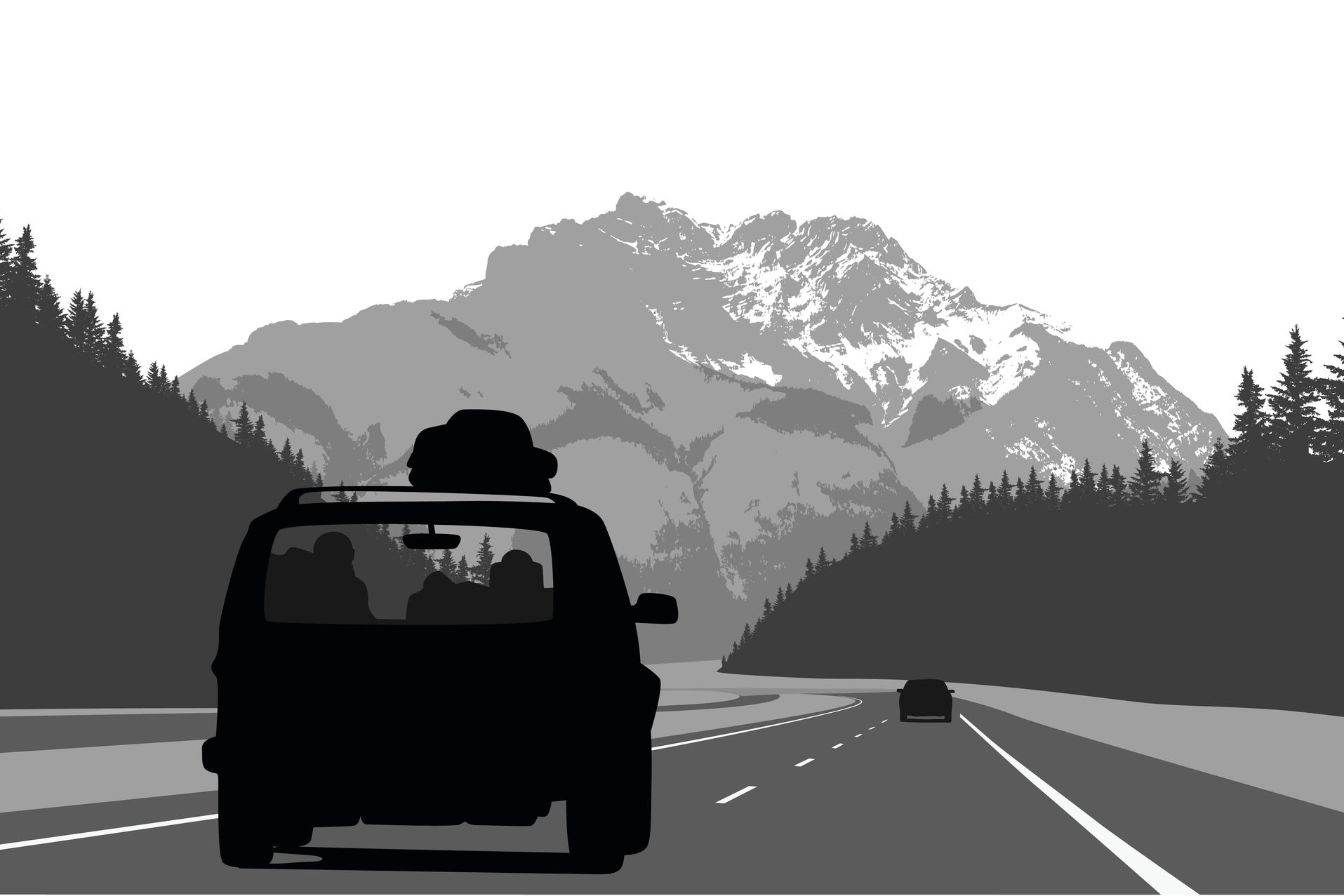
In January, our son died at the age of five, suddenly but not unexpectedly. He had been born with a complicated heart condition that required multiple operations and frequent medical attention. His short life had been filled with miracles, and he had a calm spirit that balanced the normal-kid energy of his two brothers.
The five of us often took road trips together in our ageing but usually reliable 1998 Outback, the boys singing along with the Blues Brothers in the back seat. Down to the beach in blazing sun; out to their grandparents in snow and slush; back home to Brooklyn on the interstate after months at a hospital miles away.
In the aftermath of his death, we felt sad, and proud – and empty.
Therapists we spoke with told us the various ways that people deal with loss. My wife was an “attender”, immersing herself in the reality of our son’s death and confronting her grief head-on.
I was a “distracter”, busying myself with a million little things to avoid sinking into the depths of despair. Work was an obvious outlet, but not enough. I organised our small apartment. I helped our older son build a computer. And I planned a crazy road trip. Because all I really wanted was to get away, preferably at 65 miles an hour.
My wife had mentioned once that she wanted to see Mount Rushmore. That seemed pretty far away, so Mount Rushmore it would be. And then I read that there would be a total solar eclipse in late August, viewable only from a 70-mile wide strip of land far from our home.
So I asked work for a month off in late summer, and they said yes. I asked my wife if she wanted to go, and she didn’t say no. And, being the distracter I was, I started to plan – in February – less than two months after our son’s death, and five months before we were due to depart.
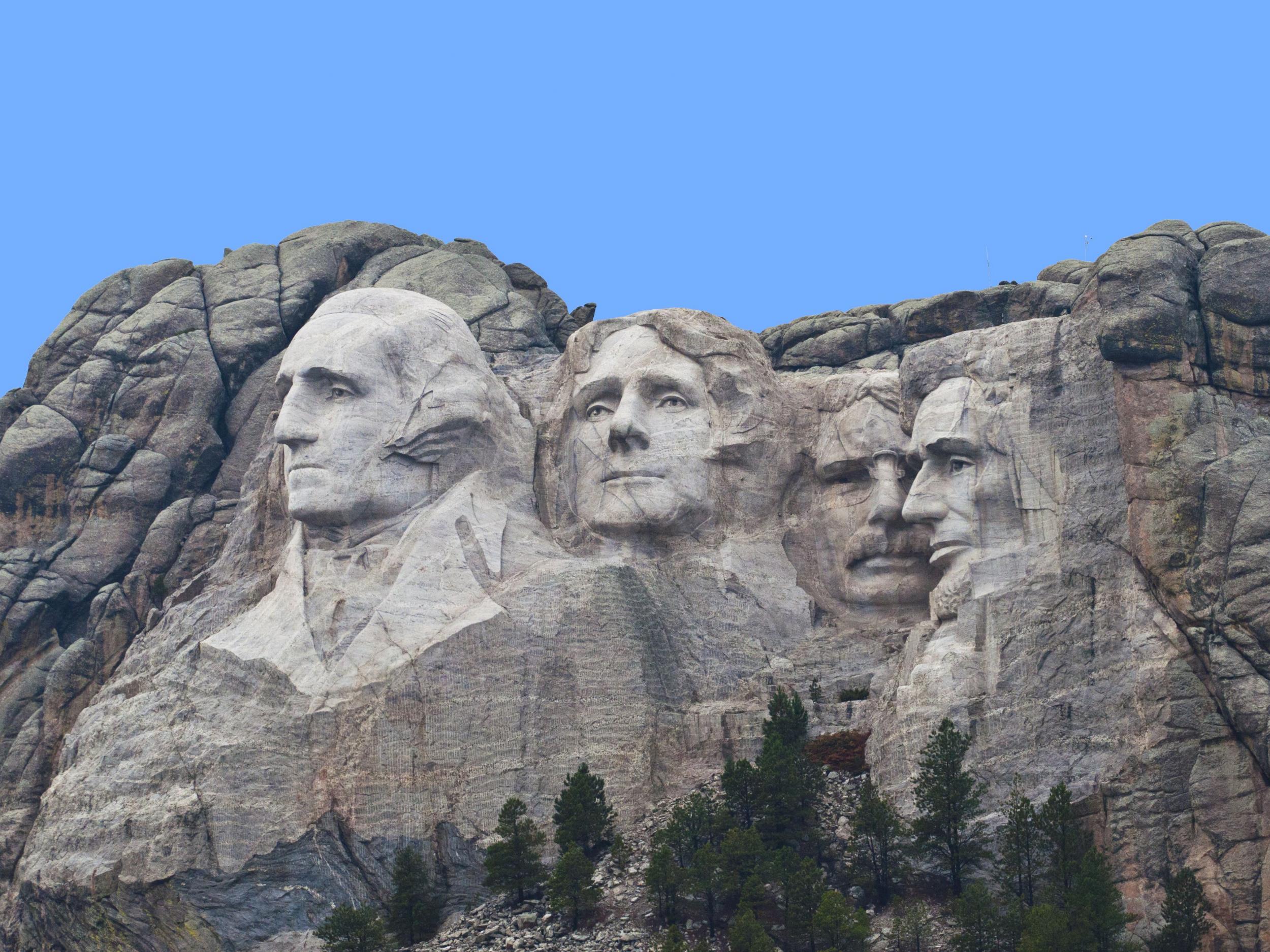
The route was shaped by some basic rules. We would drive no more than three or four hours a day, a pace which would get us to Rushmore and back in five weeks while giving us time to experience America along the way. We would try to only visit places we had never been before. And to avoid the frantic rush that comes from feeling a need to “see it all”, we picked out just one thing to do in each place we visited.
Google Maps made it easy to estimate driving times, but I still went to AAA and picked up every free paper map I could find. Whenever I felt pangs of grief, I pulled out a map and immersed myself in the blank canvas of a country I’d never really seen.
The path I traced stretched from our home in Brooklyn across the Midwest through South Dakota, then back through Nebraska and Missouri to the Great Smoky Mountains before heading home through the Carolinas and Virginia. We would be on the road for 37 days.
Every detail was entered into an ever-expanding spreadsheet that I used to record where we would sleep each night, what we could do each day, and how far we’d have to drive in between. I’d open it whenever my emotions got the better of me, add another row or columns, and lose myself in daydreams of the open road.
All told, our route would span 17 states and 6,150 miles. In addition to Rushmore and the eclipse, we experienced: an ear-shattering Nascar truck race at Pocono Raceway; our first ever glimpse of a “butter cow” at the Ohio State Fair; a bus tour along the length of the Indianapolis Motor Speedway; a visit to Lincoln’s home in Springfield, Illinois; minor league ballgames in Davenport, Iowa, and Omaha, Nebraska; a game of catch at the “Field of Dreams” movie site; a tour of the Winnebago factory; a peek at the Corn Palace in South Dakota; five days taking it easy in the Black Hills; a five-hour day trip to Devils Tower, in Wyoming; a rafting trip down the Niobrara River in Nebraska; two nights in a vintage Union Pacific caboose outside of Omaha; a tram ride to the top of Gateway Arch in St Louis; a birthday celebration for our older son at a Nashville honky-tonk; tenting in the Great Smoky Mountains; and camping three hundred yards from the surf in a state park south of Myrtle Beach, South Carolina.
The planning paid off. It was an incredible adventure.
We each had our favourite stops. The eclipse, which we saw peeking through thin clouds above Cosmo Park in Columbia, Missouri, was stunning. Despite my fear of heights, I was particularly awed by two towering monuments, Devils Tower and the Gateway Arch. My wife especially enjoyed the night we spent in Mason City’s Park Inn, the last remaining hotel designed by Frank Lloyd Wright. And the boys’ unanimous highlight was the Asheville Pinball Museum, where $15 ($11 for kids) bought unlimited plays on a collection of dozens of vintage pinball and arcade games.
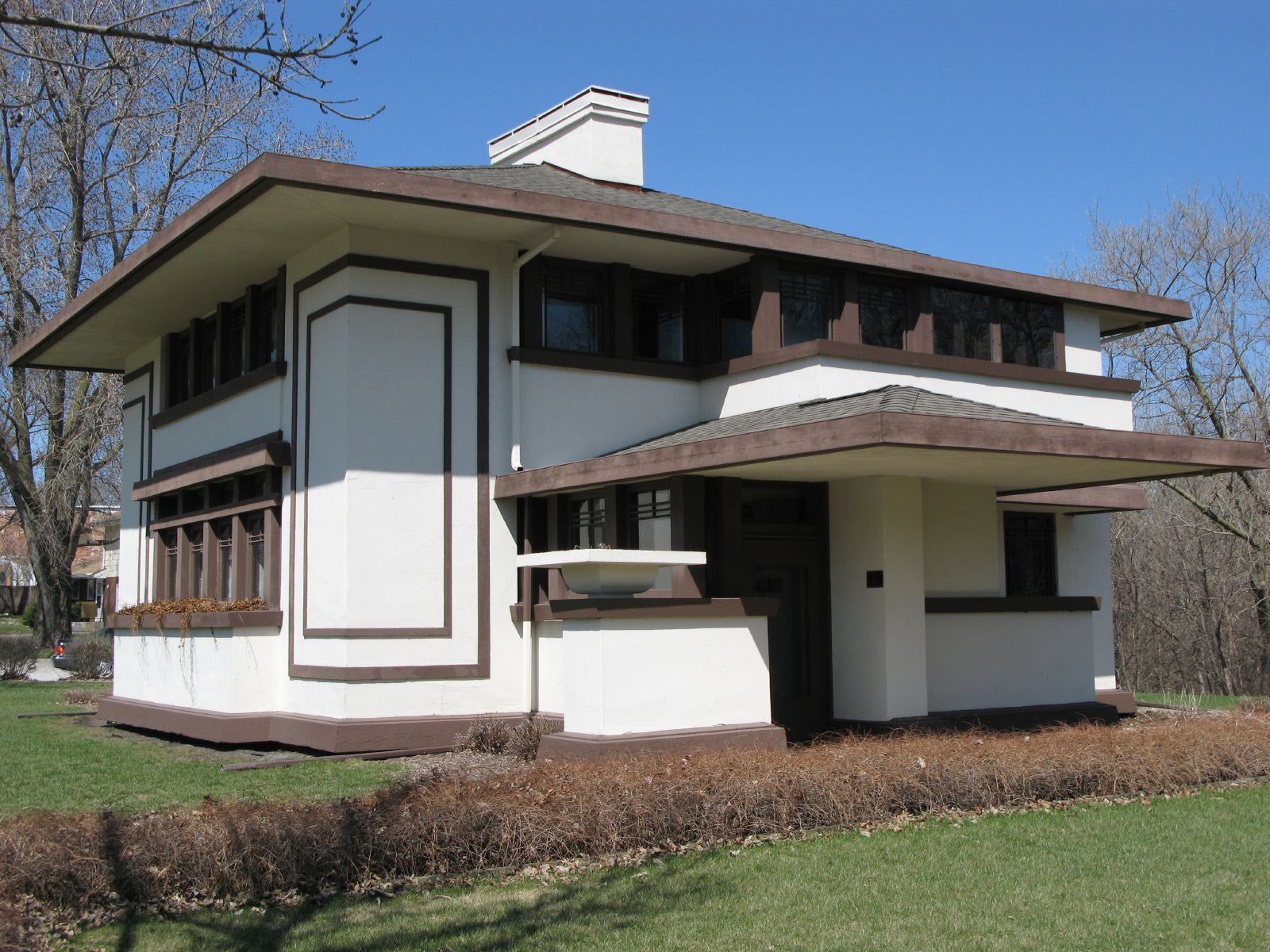
Along the way, our sons collected stuff: dirty stuff like bottle caps, and cool stuff, like Junior Ranger badges from national parks, monuments and historic sites. (Our older son had just finished fourth grade, so these visits were free under the “Every Kid in a Park” programme.) By filling out a small activity book, they’d earn a small plastic badge after a special swearing in from a park ranger. They each amassed 17 badges along the way, including a special “eclipse explorer” badge that they were especially proud of.
But an excruciatingly long day in Charleston (“we can get three badges here!”) tempered our rush for badges. Fort Sumter was amazing; Fort Moutrie somewhat interesting; but while helping fill out yet another word search on the porch of the relatively unexciting Charles Pinckney National Historic Site, I vowed never again to stop in a national park for a badge alone.
Of course, there were a few stops that the kids didn’t enjoy so much. After an embarrassing tantrum erupted at Frank Lloyd Wright’s Stockman House in Mason City, Iowa, I taught them to just say, “I’m not old enough to appreciate this” whenever they didn’t like something. This became a running joke, especially at mealtimes. (Older and wiser, my wife and I tried all sorts of new things – from Iowa “Maid-Rites” to stewed bison to Missouri barbecue. Our sons, still picky eaters, stuck to hamburgers.) Unfortunately, they’d forgotten all about it by the time we reached the National Quilt Museum, in Paducah, Kentucky – deciding to roll on the floor in mock pain until we dragged them out of the gallery, mortified.
The only thing guaranteed to bring calm was a carefully curated soundtrack of songs and audiobooks that in my memory of the trip are indelibly linked to the places we heard them. On earlier road trips, we’d learnt the power of audiobooks to keep our kids from going stir crazy. This time, I’d brought along a secret weapon: the complete, unabridged Harry Potter, read by Jim Dale, spanning 117 hours over 99 CDs.
It was probably the most useful item brought on the trip. We got through the first four books, 50 hours in all (leaving another 67 for our next trip). Our older son had read them already, but as the miles flew by he was just as rapt as the rest of us. The only problem: if we stopped before a chapter ended, the boys would refuse to leave the car, begging us to turn it back on by crying “Hawwy Potttoooo!” in mock baby voices.
I’d also created some Spotify playlists to keep us company, including an assortment of energetic road songs: The Muppets’ “Moving Right Along”. Willie Nelson’s “On the Road Again”, Waylon Jennings’ “The Dukes of Hazzard Theme” and Johnny Cash singing “I’ve Been Everywhere”. We played this every time we set out, and by the end of the trip, we were all singing it together; yelling extra loud each time Cash mentioned a place we’d visited, too.
In the months after our son’s death, travel was a constant reminder of our loss, his absence distracting and disorienting. Whenever we went somewhere new, we wished he could be there to discover it with us.
To ease the pain, we decided to collect stones wherever we went, inscribing each with the place and date and setting it aside in a small canvas bag. When our son’s tombstone was finally set, we’d bring the bag to the cemetery and stack them above his grave, according to Jewish tradition.
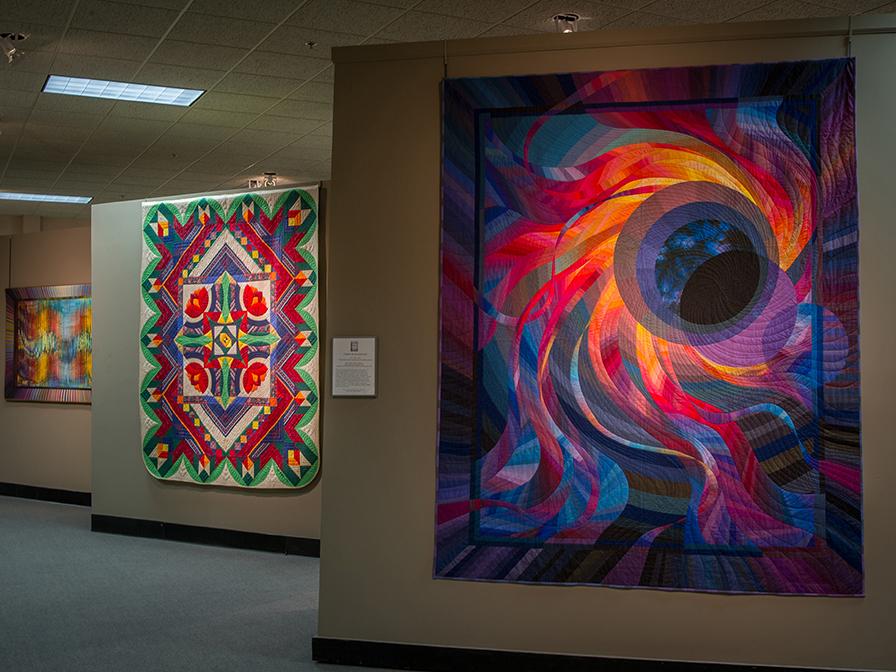
The ritual of finding stones helped us evoke his memory and acknowledge his absence. By the time we returned home, we’d collected five kilograms of assorted rocks and pebbles, as well as a crab shell and broken sand dollar (sea urchin) that the boys found on the beach in South Carolina.
But sometimes we’d leave a place having forgotten to pick one up – we were simply having too much fun – and I’d be racked with guilt, almost like we’d left him behind.
We were lucky with the weather – it barely rained, until the last week – and just as well, because it meant we could spend most of our time outside.
This wasn’t true the previous summer, which we mostly spent inside hospitals – clean and sterile, devoid of nature. Even flowers and plants, dangerous to some patients, were forbidden.
One doctor would insist our son get outside as much as possible, even when he was sickest. Wheeled outside in a hospital bed, with nervous fellows carefully monitoring his ventilator, he would gaze at his brothers playing recklessly in the summer sun, free from the hospital’s oppressive weight.
We spent half our nights under the stars, and I wish it could have been more. I slept better outside, and sitting around the campfire provided rare moments of peace, quiet and reflection. The boys enjoyed it too, but didn’t mind being inside either. They loved hotel waffles, jumping in the pool (if there was one), and sneaking a few minutes of Teen Titans Go! on Cartoon Network while we showered.
But hotels, with their air conditioning, white walls, and generic art, reminded me too much of hospitals. More often than not, I tossed and turned, unable to sleep on the perfectly clean, starched sheets.
The nicest thing about using the radio to entertain us on the road, rather than iPad games or movies, was that we could experience it together. After all, part of this trip was figuring out how to be together – as a family of four (rather than five), each of us wrestling with grief in our own way.
As we crossed the Midwest, on the first leg of the trip, we’d ask each other after each activity: “Do you think he would have liked this?” The consensus: he would have liked the rabbit pavilion at the Ohio State Fair, but not sure about the cow made of butter; he would have been bored at the Lincoln home; he would have loved exploring the corn at the Field of Dreams movie site in Iowa.
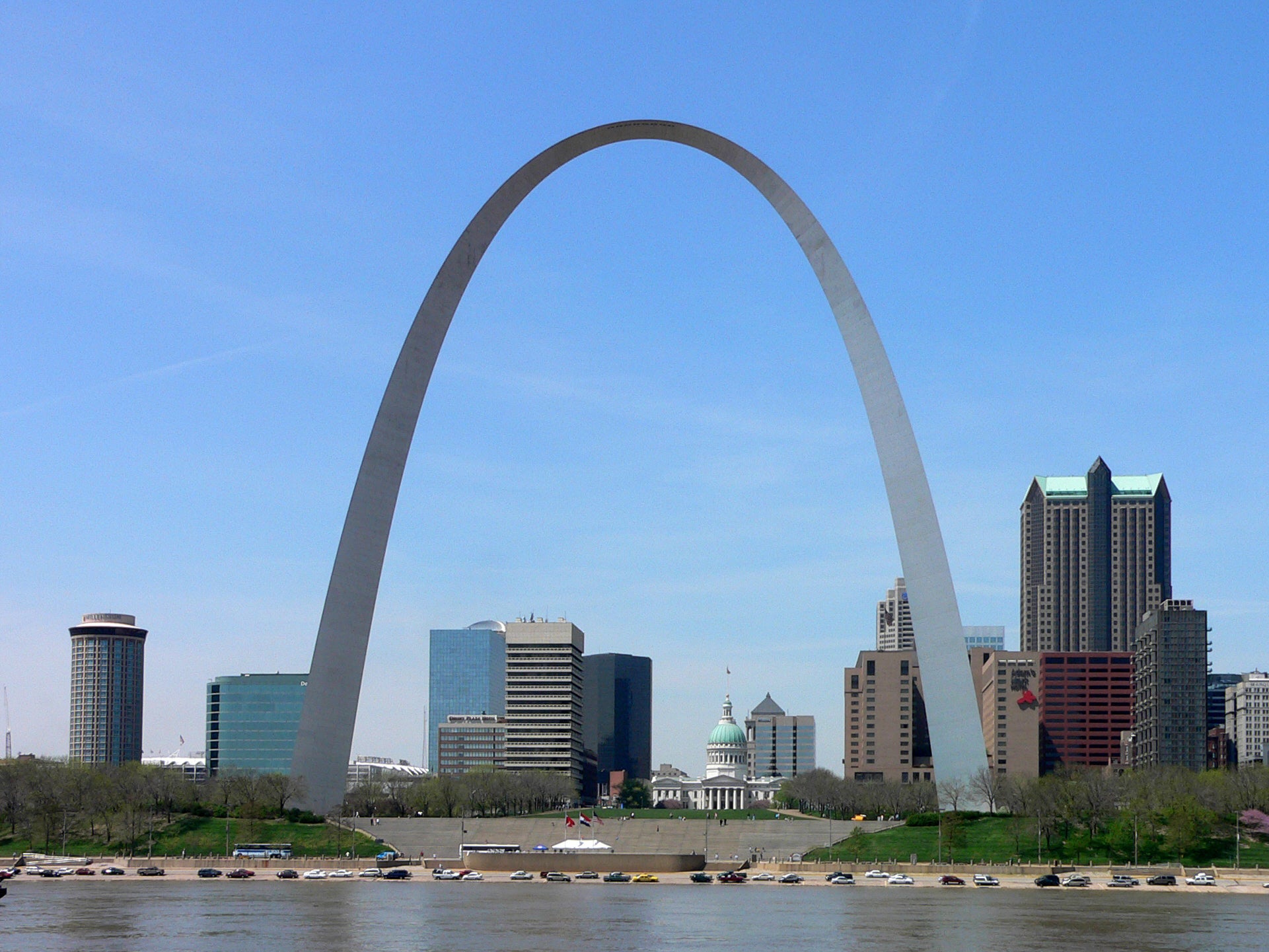
But by the time we’d reached South Dakota, I’d tired of the question. “It doesn’t matter what we think, right?” I exploded one night. “Because we’ll never know.” Still, I knew it was our way of remembering him, imagining him there with us – even though a trip like this was unthinkable, even when he was alive.
Our boys let out anger as well, every so often – like us, their sadness mixed with normal mood swings and the exhaustion of being stuck with three other people in cramped quarters, miles from home. Being outdoors helped, open space a literal breath of fresh air, a blank canvas where they could pretend to be bison or use sticks to cast Harry Potter spells.
After the trip ended, I collected everything – the notes I wrote every night, the receipts for everything we bought, the postcards and assorted scraps of paper (ticket stubs and the like) – along with more than 600 photos, and compiled it into four large binders.
I wanted something tangible we could open in the future, with our two sons, and remember: the times we spent together, the things we saw, the meals we ate, the emotions we felt. The binders are bursting with new memories – our Great American Road Trip – and except for two laminated family photos we brought along from when our son was alive, no hint of the undercurrent of sadness that ran through it.
In all honesty, the trip was probably a few days too long. There comes a time when the momentum turns: you’re heading for home, and no matter what you’ve planned it feels like a diversion rather than a destination. The last stretch back, through a slow drizzle across Roanoke, Virginia (transportation museum); the Shenandoah Valley (livestock auction); and Harrisburg, Pennsylvania (mini-golf), was fun enough, but we all felt the gravitational tug of home.
For me, returning was heartbreaking. We stopped for petrol in a particularly gritty part of New Jersey (not as cheap as it used to be) and everything I’d left behind started rushing back. I started the New York playlist at the top of the Outerbridge Crossing, Frank Sinatra crooning his lungs out in the jostling traffic; and whether by perfect planning or blind luck the Beastie Boys’ “No Sleep Till Brooklyn” kicked in just as we hit the Verrazano-Narrows bridge and left Staten Island.
And as we climbed the span, and I saw the city arise out of the grey fog, I burst into tears.
© The New York Times
Join our commenting forum
Join thought-provoking conversations, follow other Independent readers and see their replies
Comments
Bookmark popover
Removed from bookmarks